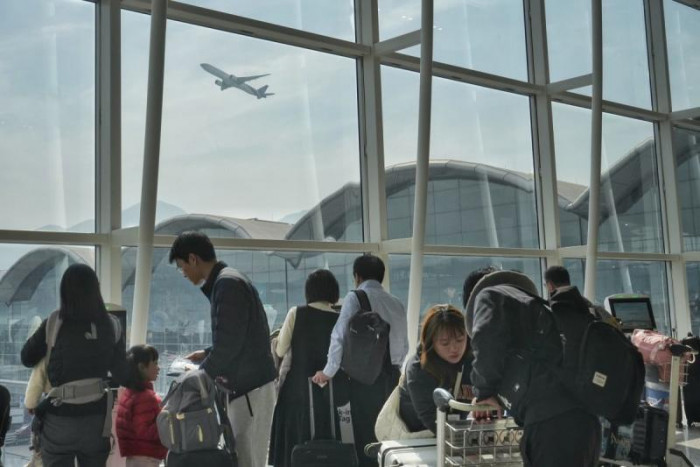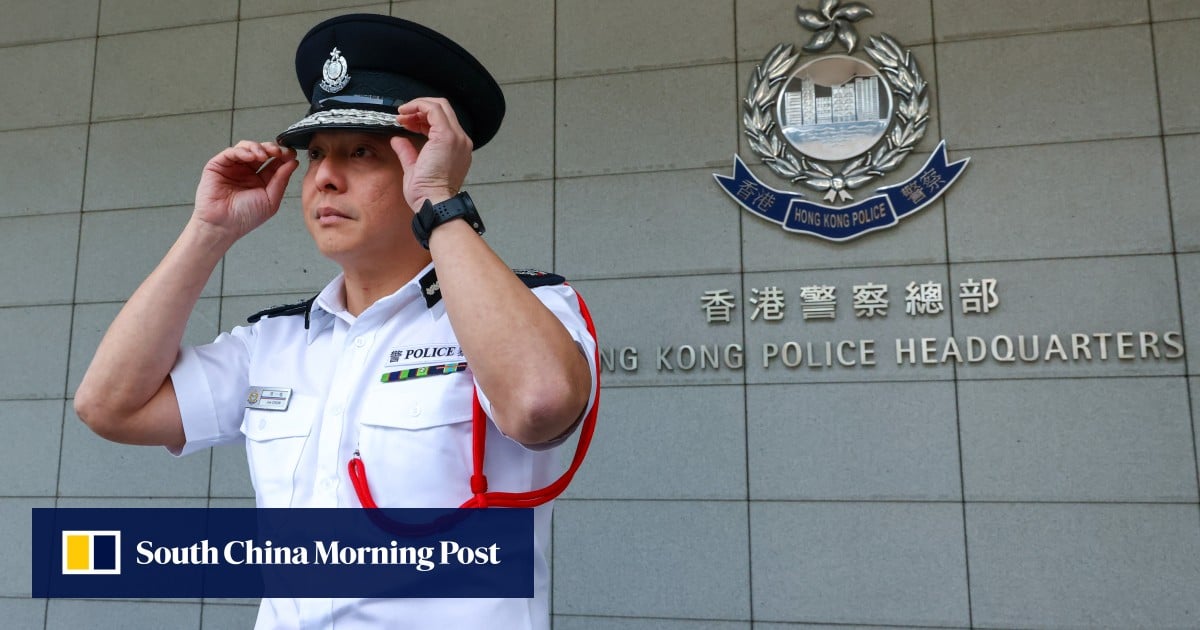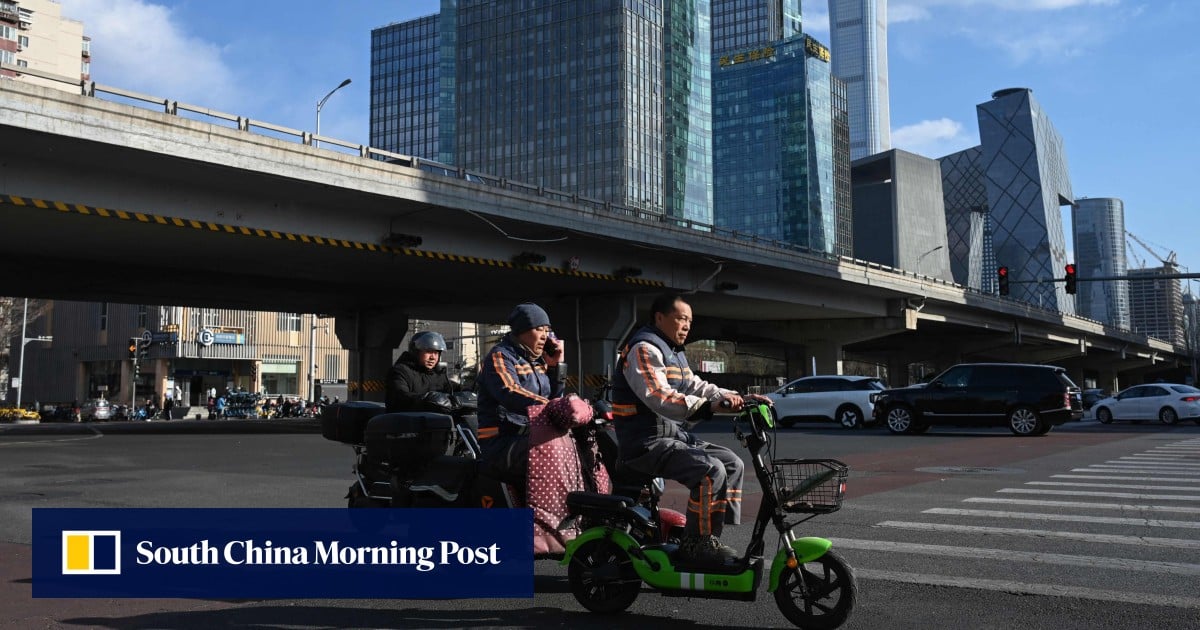Hong Kong’s flag carrier Cathay Pacific Airways has suggested the government tap transit passengers as part of a strategy to generate more tourism dollars for the cash-strapped city.
The company’s spokesman told the South China Morning Post that in a budget consultation session with the government last month, the carrier’s management suggested authorities roll out targeted measures to cash in on the city’s largely untapped transit passengers to cater to the airport’s expansion, boosted by the launch of its three-runway system in November.
“One of our suggestions is for authorities to attract more transit passengers to travel to Hong Kong during the break between flights,” he said. “Given the launch of the three-runway system of the airport, the move could help boost its development with more tourists being lured to transit via the city.”
The three-runway system marked the beginning of the airport’s push to expand passenger capacity in stages by 50% to 120 million passengers annually.
The carrier also advised the government to break into newly emerging markets such as the Middle East, India and Southeast Asia by attracting their leisure and business visitors to the city through large-scale events such as financial summits, the spokesman added.
“Through these mega-events, we aim to invite their entrepreneurs and industry leaders to visit the city … This will further enhance Hong Kong’s status as an aviation hub,” he said.
An insider told the South China Morning Post that Cathay hoped Hong Kong could draw on the experiences of overseas facilities such as Dubai airport and provide tailor-made tours or one-stop service packages for transit passengers.
“Transit passengers have largely been neglected in Hong Kong. For those who have a four-hour or more break between flights in the city, they can be provided with packaged tours with all the transport and ticketing arranged like the Dubai airport,” the source said.
“There are a lot of choices during the transit break such as the M+ museum for arts fans, riding the Ngong Ping 360 Cable Car to get a view of the Big Buddha in Lantau or going to Ocean Park to see the pandas.
“If passengers find nothing to do or see during their stopovers in Hong Kong, next time they may choose to transit via Singapore, which has an array of offerings for them. Then Hong Kong will lose out in this tourism race.”
Cathay’s proposal came as the government has been seeking ways to tackle a deficit estimated to reach about HK$100 billion (438 billion baht) for the 2024-25 financial year, double the original forecast of financial chief Paul Chan Mo-po and marking three consecutive years of deficits.
Cathay has about 50% of the market flying in and out of the city while the total number of transit passengers accounts for about a third of passenger throughput.
Government data showed the total number of visitor arrivals in Hong Kong for 2024 reached nearly 45 million, an increase of 31% compared with 2023, but still a far cry from 56 million in 2019 and 65 million in 2018.
Timothy Chui Ting-pong, executive director of the Hong Kong Tourism Association, said he fully supported Cathay’s proposal, saying it would consolidate the city’s status as an international aviation hub.
“Many top international airports have transit services with the intervals lasting from a few hours or even one day. Providing targeted tour products for transit passengers is very suitable for a small city like Hong Kong with excellent transport networks,” he said.
“Hong Kong should offer more tours for transit passengers. For shorter trips, they can go to Lantau or Tung Chung. For longer ones, they can travel to Central for dining and shopping via the Airport Express rail line, which is very convenient and efficient.”
Chui added that the cost of such tailor-made tours was low, but they could produce significant economic benefits.
“There will be more international flights flying to Hong Kong while more mainland tourists would choose to transit via the city, which will be very important for consolidating its status as an international aviation hub,” he said.
Business magnate Allan Zeman, a member of the Chief Executive’s Council of Advisers and chairman of the Lan Kwai Fong Group, said the idea only worked for those who had a long transit break.
“But it just depends on how many hours the passengers have … It’s difficult for those who just have a few hours,” he said.
“It’s going to take an hour at least to go to town, and another hour to come back, altogether two hours for commuting. And if there are traffic problems, it will take longer.”
Zeman suggested Hong Kong better promote the 11 Skies complex at the airport, but he admitted it had problems convincing tenants to sign up amid the sluggish economy.
The 11 Skies, an integrated retail, dining and entertainment complex scheduled to open in phases from the second half of 2025 as part of the Airport City project, will house more than 800 shops and 120 dining options.


